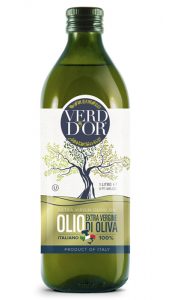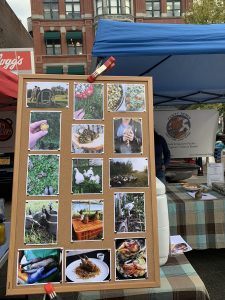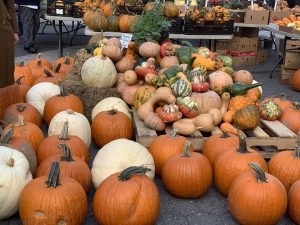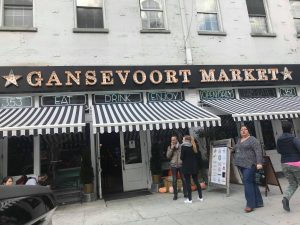Katy Phan
Resubmit Assignment
The term “source” has various meaning in many industries. For example, Arona defines “source” is the tool that helps her to find the appropriate products and reasonable price for her job. However, in the culinary industry, “source” is a point of origin. According to the article “Provenance” by author Peter Jackson, the term “source” also called provenance, which displays to the origin and culture of products in the food industry. In other words, “source” provides to consumers a basic knowledge about what is that food/ ingredient/ product, what type this restaurant is, and where does it come from.
In the picture below, it’s a bottle of 1-liter olive oil which is being used by Ceci Italian restaurant in Mid Town New York. This product is an extra virgin which has low acidity and least bitter taste. The oil is the product of Italy. Because of the origin was labeled clearly on the bottle, it can tell consumers what this product is and where does it come from.
The term “source” is essential in the culinary industry. It provides an idea to consumers knowing about what they are going to eat, and what does that food is. Besides, restaurants and cuisines can also show their style of cooking through “source.”








